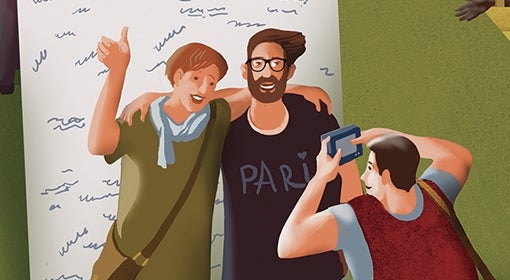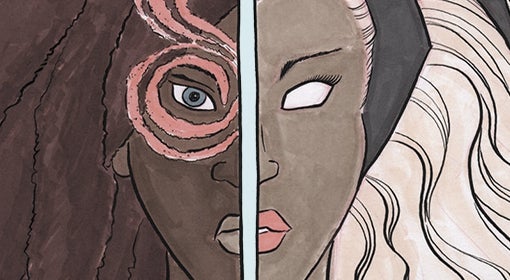 A nervous smile. A happy tear. What people project through their facial expressions may not always match what they feel inside.
A nervous smile. A happy tear. What people project through their facial expressions may not always match what they feel inside.
As a Pitt medical student studying psychiatry, Bryan Stevens learned that reading the secret truths conveyed by people’s features is an invaluable professional skill. He found the study of faces so fascinating, it sparked a unique hobby that stretched throughout his career.
On a break from his studies one weekend in 1970, Stevens visited an exhibition at Carnegie Museum of Art featuring African masks. The expressive creations piqued his interest. He learned that the masks—and their associated dances—hold hidden information, much like human faces do.
Later, as his professional practice flourished in York, Pa., the psychiatrist traveled to Mexico and began obtaining and cataloging masks. Stevens (MED ’71), now retired, built an impressive collection and published a book on Mexican masks, with a second in the works. With his meticulous inventory and blog entries at mexicandancemasks.com, he hopes his research will serve as an encyclopedia of the preserved histories they carry.
“The masks and the dances were carriers of secret cultural information that had survived since before the Spanish conquests,” says Stevens. The mask makers were secretly preserving their ancient gods—and even making hidden jokes—when doing so was forbidden.
“As a psychiatrist, I’m always looking for the hidden story,” says Stevens. With his art collection, he’s ensuring that what may appear hidden does not get lost to history.
This article appeared in the Summer 2017 edition of Pitt Magazine.




